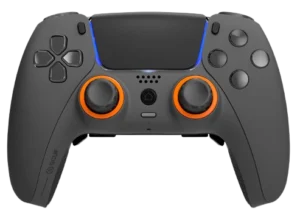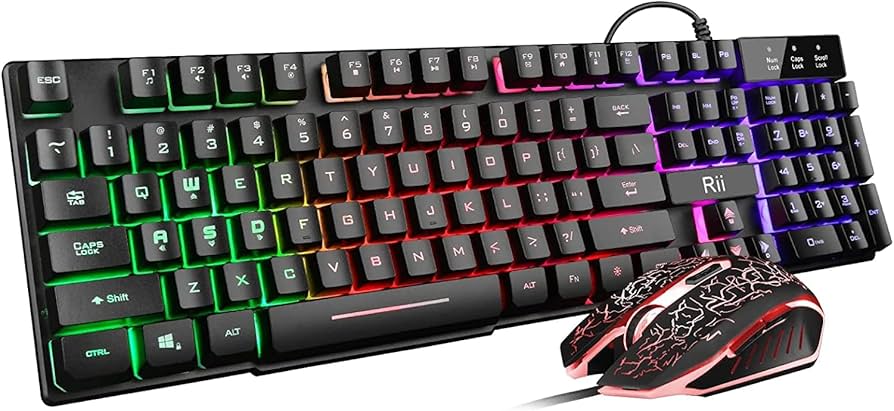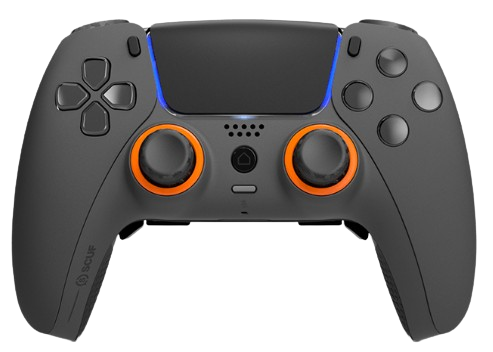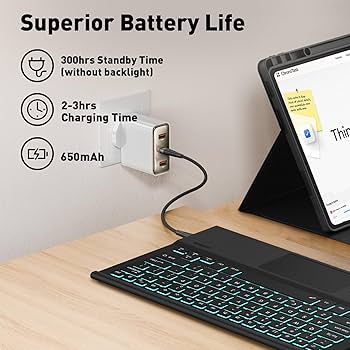The Unchanging Battlefield of PC Gaming Hardware is Finally Shifting
For decades, the heart of every serious gaming PC has beat to the rhythm of the x86 architecture. This instruction set, championed by titans Intel and AMD, has been the bedrock upon which the entire ecosystem of PC gaming was built. From the most demanding AAA games to the sprawling worlds of MMORPGs, the conversation around gaming hardware has largely been a two-horse race. We debate the merits of the latest Core i9 versus a new Ryzen 9, or which brand of graphics card offers the best ray-tracing performance. But what if the fundamental language these components speak is about to change? A quiet revolution, born in the world of mobile devices, is now knocking on the door of high-performance PC gaming. The ARM architecture, known for its incredible power efficiency, is evolving into a genuine contender, threatening to reshape the landscape of gaming PCs, gaming laptops, and the very future of game development. This isn’t just a minor update; it’s a potential paradigm shift that could redefine what we expect from our gaming hardware.
Section 1: The x86 Dynasty – A Legacy Built on Power and Performance
To understand the magnitude of ARM’s potential arrival, we must first appreciate the deep-rooted dominance of the x86-64 instruction set architecture (ISA). An ISA is the fundamental vocabulary a processor understands; it dictates the commands it can execute. For the vast majority of PC gaming history, that vocabulary has been x86. This created a powerful, self-reinforcing ecosystem that has benefited gamers and developers alike for generations.
Why x86 Won the PC Gaming Crown
The success of x86 in PC gaming is no accident. Its design philosophy has historically prioritized raw, single-core performance above all else. This was a perfect match for video games, which for many years relied heavily on a single powerful processing thread to handle the main game logic. Developers optimized their engines, from early iterations of id Tech to modern powerhouses like Unreal Engine and Unity, specifically for the quirks and strengths of x86 processors. This deep optimization meant that games simply ran best on Intel and AMD chips. Furthermore, the PC platform’s openness allowed for a massive ecosystem of compatible components to flourish. Motherboards, RAM, and especially the powerful discrete graphics cards from NVIDIA and AMD were all designed to interface seamlessly with x86 CPUs, creating the modular and upgradeable gaming PCs we know and love today.
The Cracks in the Armor: Power, Heat, and Stagnation
Despite its reign, the x86 dynasty faces significant challenges. The relentless pursuit of performance has come at a cost: power consumption and heat generation. High-end gaming PCs require robust cooling solutions and hefty power supplies, making truly powerful and portable gaming laptops a constant engineering challenge. This thermal ceiling limits how much performance can be packed into smaller form factors. For years, the gaming community has watched as CPUs add more cores, but meaningful leaps in instructions-per-clock (IPC) and power efficiency have become harder to achieve. This has created an opening for a different architectural philosophy—one that prioritizes efficiency without sacrificing power—to enter the arena.
Section 2: The ARM Uprising – Efficiency Scales to the Desktop

The ARM architecture is not new. It has been the dominant force in mobile gaming for over a decade, powering virtually every smartphone and tablet on the market. Its design philosophy is fundamentally different from x86. ARM (originally Acorn RISC Machine) is a Reduced Instruction Set Computer (RISC) architecture, which uses a simpler, more streamlined set of commands. This simplicity leads to processors that are incredibly power-efficient, generating less heat and offering vastly superior battery life—all critical for mobile devices. For a long time, the perception was that this efficiency came at the cost of the raw power needed for AAA games.
Case Study: Apple’s M-Series and the Proof of Concept
The narrative began to change dramatically with Apple’s transition to its own M-series silicon. By leveraging its deep experience with ARM-based chips in iPhones and iPads, Apple created desktop-class processors that delivered astonishing performance-per-watt. Suddenly, a thin, fanless MacBook Air could competently handle video editing and even gaming, tasks previously reserved for much bulkier and power-hungry x86-based gaming laptops. This served as a powerful proof of concept for the entire gaming industry: ARM was no longer just for mobile gaming; it was a viable architecture for high-performance computing. We are now seeing native ARM versions of popular titles like Baldur’s Gate 3 and Resident Evil Village running exceptionally well on Apple hardware, showcasing the platform’s potential when developers target it directly.
The Windows on ARM Challenge
While Apple controls its entire hardware and software stack, the Windows ecosystem is far more diverse and complex. The biggest hurdle for ARM-based Windows PCs, like Microsoft’s Surface line or new Copilot+ PCs, has always been software compatibility. The vast library of PC games, from the latest Call of Duty News to beloved retro gaming titles, is compiled for x86. They simply cannot run natively on an ARM processor. To solve this, Microsoft has been developing a sophisticated emulation layer, a piece of software that translates x86 instructions into ARM instructions in real-time. Early versions of this technology were slow and struggled with complex applications, making PC gaming on ARM a frustrating and often impossible endeavor.
Section 3: Bridging the Divide – The Magic of Advanced Emulation
The key to unlocking ARM’s potential for the broader PC gaming market lies in perfecting the art of emulation. It’s not just about making old programs run; it’s about making highly complex, performance-sensitive applications like modern video games run so well that the user doesn’t even notice they’re being translated on the fly. This is where recent breakthroughs in game emulation technology are changing the game.
Understanding AVX2 and Its Importance for Modern Gaming
Modern games and game development tools rely on advanced instruction set extensions to handle complex calculations efficiently. One of the most critical sets is AVX (Advanced Vector Extensions) and its successor, AVX2. These instructions allow a CPU to perform the same operation on multiple pieces of data simultaneously (a concept known as SIMD, or Single Instruction, Multiple Data). This is incredibly useful for physics calculations, particle effects, audio processing, and other demanding tasks common in AAA games. Titles in the Battle Royale genre like Fortnite and Apex Legends, and competitive FPS games like Valorant and Counter-Strike, heavily leverage these extensions for maximum performance. The problem was that, until recently, emulation layers on Windows on ARM could not properly translate these crucial AVX2 instructions, meaning many of the most popular games would either crash on launch or suffer from unplayable performance.
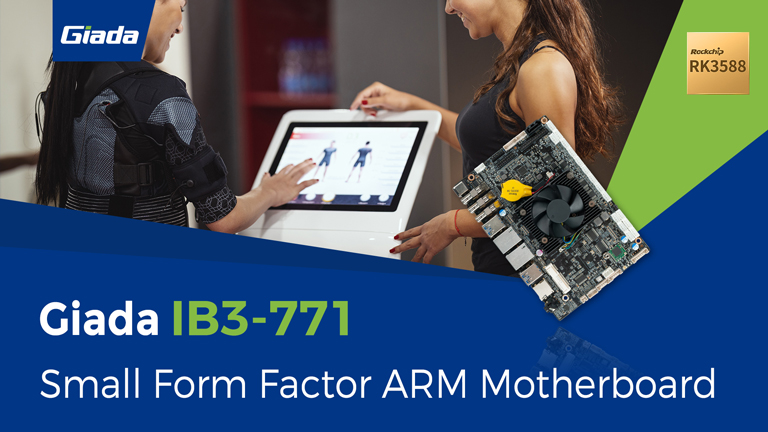
The Breakthrough: Emulating for Performance
The latest updates to the Windows on ARM emulation layer represent a monumental leap forward. By adding support for translating AVX and AVX2 instructions, Microsoft has removed one of the biggest technical roadblocks for PC gaming on the platform. This software-based solution allows the vast library of existing x86 games to run on new ARM-based hardware with significantly improved compatibility and performance. While native ARM-compiled games will always offer the best performance and efficiency, this robust emulation ensures that users of new ARM gaming laptops won’t be locked out of their existing Steam or Epic Games libraries. This is a crucial step for building consumer confidence and encouraging adoption. It ensures that from day one, these new devices are not just productivity machines, but capable gaming rigs ready for a huge catalog of titles, from indie games to major game releases.
Section 4: The Future of Gaming Hardware – A Multi-Architecture World
The maturation of ARM on Windows signals the beginning of a new era for gaming hardware. The x86 duopoly is facing its first credible challenge in decades, and the implications for the entire gaming industry are profound.
Pros and Cons for the Modern Gamer

For consumers, this emerging competition is overwhelmingly positive.
Pros:
- Choice and Innovation: The entry of ARM CPU manufacturers like Qualcomm into the high-performance space will spur innovation and competition, potentially leading to better products and prices from all players, including Intel and AMD.
- Power Efficiency: Gamers can look forward to a new class of gaming laptops that are thinner, lighter, and run cooler, with significantly longer battery life without sacrificing the power needed for MOBA games like League of Legends or demanding RPGs.
- New Form Factors: The efficiency of ARM could enable powerful new handheld gaming PCs that rival devices like the Steam Deck but with the full compatibility of the Windows ecosystem.
Cons:
- Emulation Overhead: While vastly improved, emulation will never be as efficient as native code. For the absolute highest-end competitive gaming, where every frame per second counts, a native x86 system may still hold the edge for the foreseeable future.
- Developer Adoption: The ultimate success of ARM depends on game developers choosing to compile native ARM64 versions of their games. This will take time and depends on the market share of ARM-based PCs.
Tips and Considerations for Early Adopters
If you’re considering an ARM-based PC for gaming, it’s essential to do your research. Look for reviews and benchmarks that specifically test the games you play. Pay close attention to news from the gaming community regarding compatibility with anti-cheat software, which has historically been a challenge for emulation layers. While the technology is promising, the early stages will involve a learning curve. For now, these devices are best suited for gamers who value portability and efficiency and are willing to navigate the occasional compatibility hiccup, rather than esports professionals who need guaranteed, top-tier performance on titles covered in Esports News.
Conclusion: A New Chapter for PC Gaming
The landscape of PC gaming hardware is more exciting and dynamic than it has been in years. The rise of ARM architecture is not an overnight revolution but a powerful, evolutionary step forward. Bolstered by critical software advancements in emulation, ARM is transitioning from a mobile-centric technology to a legitimate contender in the high-performance desktop and laptop space. This doesn’t mean the end of x86; rather, it signals the beginning of a multi-architecture future where gamers have more choices than ever before. Whether you’re building a top-of-the-line gaming PC, choosing a sleek new gaming laptop, or following the latest in game development, the conversation is no longer just about Intel versus AMD. A third, highly efficient, and increasingly powerful player has officially entered the game, and the entire gaming industry will be better for it.

